I'm new to electronics. I'm trying to control an an LED with a PNP transistor (Tested with both an S9012 and an S8550).
My circuit is as below:
The base voltage is controlled by an ESP32 GPIO which is either GND or 3.3 V. The result is that in both cases apparently the transistor is saturated and the LED is on!
Can anyone please tell me what is wrong with my circuit? Is 3.3 V too low to cut off the transistor? If so, what circuit should I use to control the transistor with an ESP32 GPIO (GND/3.3 V)?


